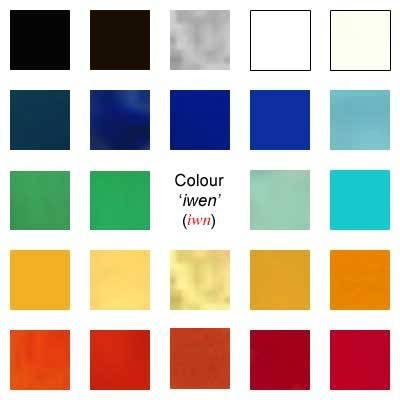Colors of Ancient Egypt

An interesting article about the colors of Egypt presented by Alistair Boddy Evans for About.com.
It was fascinating to read that mixing colors was a lot about alchemy. For example, today when we mix colors using the very consistent tube paints, we can generally know which direction the color will become. Back in ancient Egypt, when lead white was mixed with their yellow pigment (orpiment), black was the result. Interestingly, black symbolized fertility, new life, and resurrection as seen through the yearly agricultural cycle. It was the color of Osiris ('the black one'), the resurrected god of the dead, and was considered the color of the underworld where the sun was said to regenerate every night.
The article continues with more fascinating tidbits along with the Egyptian words for each of the colors mentioned. And if you are interested in recreating those colors, he suggests modern day equivalents.
Chalk White – Titanium White
Lead White – Flake White, but you can tint some Titanium White slightly with yellow.
Egyptian Blue light tone – Cobalt Turquoise
Egyptian Blue dark – Ultramarine
Azurite – Ultramarine
Lapis Lazuli – Ultramarine
Malachite – Permanent Green or Phthalo Green
Verdigris – Emerald Green
Chrysocolla – Light Cobalt Green
Orpiment – Cadmium Yellow
Lead Antimonite – Naples Yellow
Realgar – Bright-Red or Orange-Red
Gold – use a metallic gold paint, preferably with a reddish hue (or underpaint with red)
Red Lead – Vermilion Hue
Madder Lake – Alizarin Crimson
Kermes Lake – Permanent Crimson

colors which need no replacements:
Ivory and Lamp Black
Indigo
Red and Yellow Ochres
Turquoise
Comments